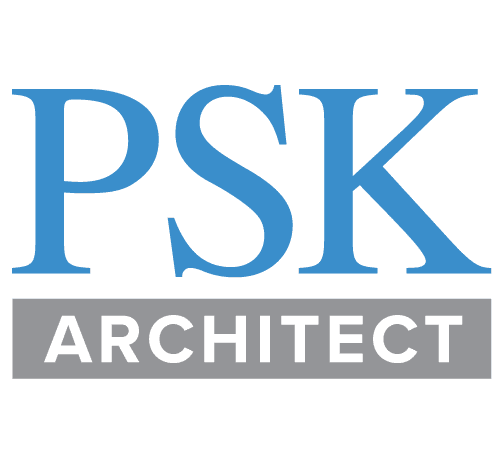RIBA, which stands for the Royal Institute of British Architects, is a professional body for architects in the United Kingdom.
RIBA Chartered Practice membership is a designation awarded to architectural practices that meet certain criteria and standards set by the RIBA.
Here’s an explanation of RIBA Chartered Practice Membership:
- Professional Recognition: Becoming a RIBA Chartered Practice demonstrates a high level of professionalism and competence. It indicates that the practice has met the standards and ethical requirements established by the RIBA, and that it is committed to upholding the highest standards of architectural excellence.
- Quality Assurance: RIBA Chartered Practice membership ensures that the practice has undergone a rigorous assessment process. The RIBA assesses various aspects of the practice, including its management systems, staff development, and overall quality of work. This assessment helps to maintain and improve the quality of architectural services provided by the practice.
- Continuing Professional Development (CPD): RIBA Chartered Practices are required to demonstrate a commitment to ongoing learning and professional development. This involves ensuring that architects within the practice regularly participate in relevant training, seminars, workshops, and other educational activities to stay updated with the latest developments in the field of architecture.
- Code of Conduct: RIBA Chartered Practices are expected to adhere to a strict code of conduct that promotes professionalism, integrity, and ethical behavior. The code covers areas such as client relationships, conflicts of interest, confidentiality, and sustainability. By following this code, the practice maintains its reputation and builds trust with clients and the public.
- Access to Resources and Support: RIBA Chartered Practices have access to a wide range of resources and support provided by the RIBA. This includes access to professional advice, guidance on best practices, technical information, and a network of fellow architects. The RIBA also offers marketing and promotional opportunities to help Chartered Practices raise their profile and attract clients.
- Use of RIBA Logo: Once a practice becomes a RIBA Chartered Practice, it is granted permission to use the RIBA logo on its promotional material, website, and correspondence. This logo signifies the practice’s commitment to professional standards and can enhance its credibility and reputation in the industry.
It’s important to note that becoming a RIBA Chartered Practice involves an application process, including submission of supporting documentation and payment of membership fees. The practice will be subject to periodic reviews and assessments to ensure continued compliance with RIBA standards.

